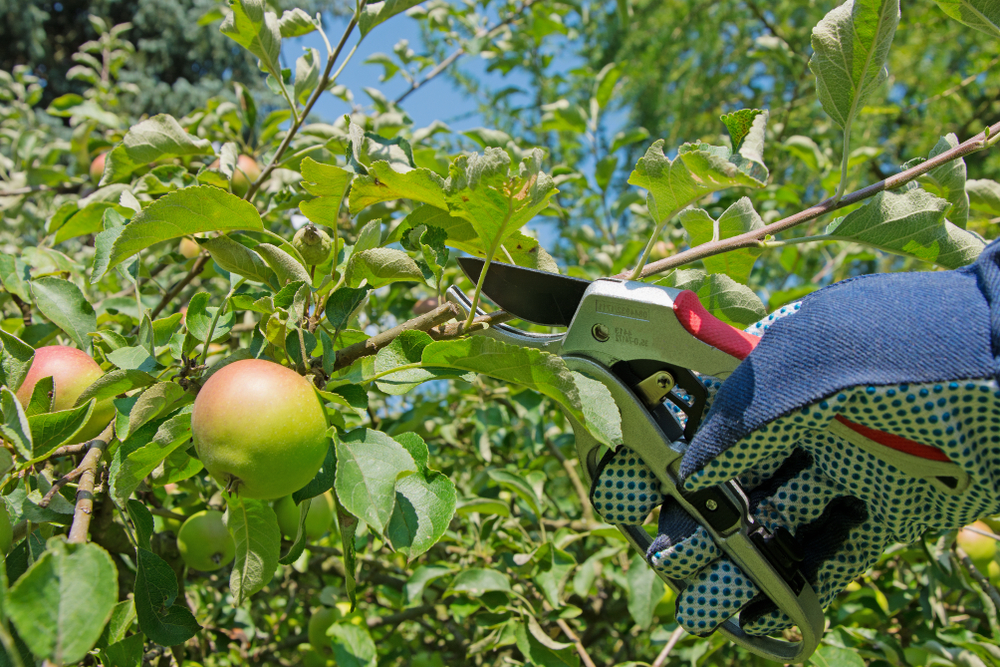While there are some who simply believe all their tree and plant needs cease entirely during the winter and require no attention until frost and snow are completely gone, this often isn’t the case for certain areas of your exterior property. One great example here is fruit trees, which often benefit greatly from the processes of pruning and other forms of care during the very early spring and even late winter.
At Logan Extermination, we’re proud to offer numerous forms of tree and shrub care to clients around Utah, including tree trimming and pruning services as well as many others. Why is the early spring often ideal for pruning fruit trees and applying some other forms of care, and what should you be thinking about as this is done? Here’s a simple rundown.
Why Early Spring?
While there are multiple times of year where fruit trees can be pruned, the early spring is advantageous for a few reasons:
- Tree is just coming out of dormancy: The tree is transitioning from a period of dormancy, and pruning can help shape the growth process as it begins to produce new fruit.
- Eliminates potential disease: Removing dead or diseased branches in early spring helps limit the spread of any diseases that may be present.
- Increases sunlight and air flow: Pruning away certain branches helps open up the tree and increases light availability, both of which help stimulate new growth.
These are just a few of the many benefits associated with early spring pruning for your fruit trees. As always, make sure to consult with an experienced arborist when tackling any major tree care task – they can best diagnose and treat any issues that may be present.
How to Encourage Growth
In many cases, the primary goal of pruning in late winter or very early spring is to encourage the tree to produce more fruit and larger yields. There are a few ways you can achieve this, and curiously one of the most important concepts here seems counterintuitive – it’s known as “thinning,” and it involves actually removing some of the branches to reduce the amount of fruit grown each season.
The idea here is that by thinning out branches and allowing more light, air and nutrients to reach other parts of the tree, it increases overall health which in turn creates bigger fruits and larger yields come harvest time. This can be done in a variety of ways – just make sure to never remove more than 20-25% of the tree’s branches and limbs at once, as this can damage the tree and reduce its lifespan.
Dormant Oil and Fungicides
As we noted above, this period is also ideal for avoiding potential disease, plus risks like pests and insects. Two great options available to many homeowners here are dormant oils and fungicides, both of which can be applied in early spring to protect the tree from any issues that may arise.
Dormant oil is a form of petroleum-based spray which coats and protects the entire tree, while the fungicide helps prevent any fungi growth or mildew that may develop during the wetter months. Both of these can be applied by an arborist, and should generally take place between early spring and the start of the summer.
For more on early spring care for your fruit trees, or to learn about any of our tree, shrub and lawn care or our pest control services, speak to our team at Logan Extermination today.




